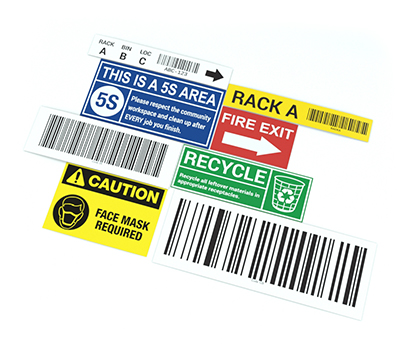
Prior to touching any wires it is important to know what they are, and whether they have any current within them. This is important not only for safety while working with the wires, but also for ensuring the device you are working on works properly once it is powered up. Having the ability to identify neutral wires will allow you to connect the neutral wire of your main system to that of the specific device you are working on. Fortunately, in any electrical system or device that follows electrical standards, it will be quite easy to identify the neutral wires.
The Color of Neutral Wires
The vast majority of electrical systems will follow the wire coloring standards, which makes it easy to know what each wire is. In this standard, neutral wires will either be gray or white. There is no difference between the white and gray wires, so it is fine to connect a gray and a white wire together within one system. It is never ok to connect neutral wires to either hot wires or ground wires as this will cause a device to either not function, or to function improperly, which can be dangerous.
Improperly Colored Wires
If you are working on some type of electrical system and you discover that the wires do not conform to the normal standards, you will have to take a few extra steps to identify the neutral wires. First, remove all power from the system and separate the ends of the wires so they aren’t touching. Next, restore the power and use a voltage tester on each wire. The hot wire will indicate that there is a live current. The neutral wire won’t have an active current while not connected to anything like this. Remember to keep these wires separate until the power is removed again so you can continue your project safely.
Similar Questions
- What color(s) are used for ground wires?
- Is the black wire the hot wire?
- How are live wires identified?
- What does the neutral wire do?
- What’s the difference between a positive and neutral wire?
- What is the gray wire color used for?
- How can wires be tested to tell if it’s hot?
- What does it mean to ground a wire?
- What are ground wires?

